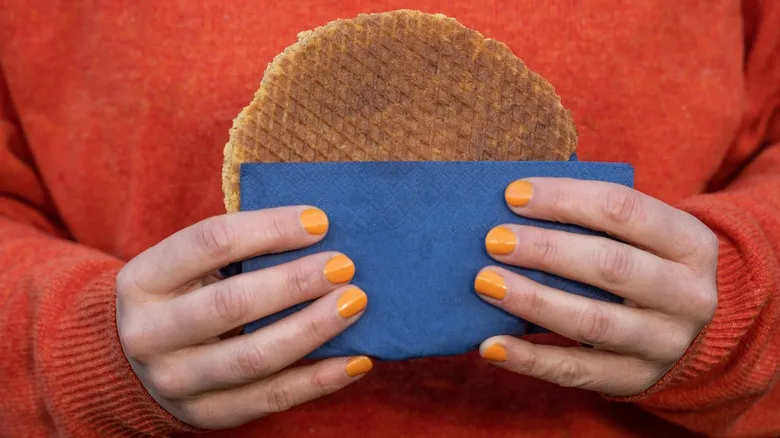From poor man's cookie to popular treat
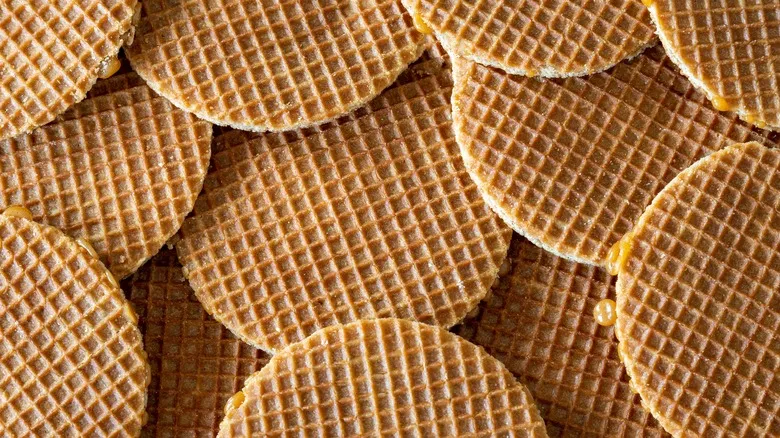
It is believed that the individual who first introduced us to this waffle-like treat is Gerard Kamphuisen, a baker from Gouda—a city in the Netherlands renowned for another culinary delight: Gouda cheese. He is credited with creating the cookie around 1810 using breadcrumbs and leftover materials from his bakery, to which he added syrup and formed a dough. This mixture was then filled with more syrup and baked, resulting in a loose version of the stroopwafel we savor today. Earning the nickname armenkoeken (or "poor man's cookies"), this was a deliciously modest treat that came with an affordable price.
Fast forward nearly 30 years, and Kamphuisen's invention was being mass-produced by Gouda's first stroopwafel factory. Another 40 years later, it had shed its association with the lower classes and found its way into homes across the nation. During this period, the cookie itself was refined thanks to the advent of the modern waffle iron; this innovative tool allowed for the baking of a thinner, crispier version that not only showcased stroopwafel's now-famous crisscross pattern but also made the snack better equipped to hold its signature filling.
At one point, stroopwafels were being produced by as many as 17 factories in Gouda, four of which still operate today. Quite impressive for a treat that began as mere scraps!
How to best enjoy stroopwafel
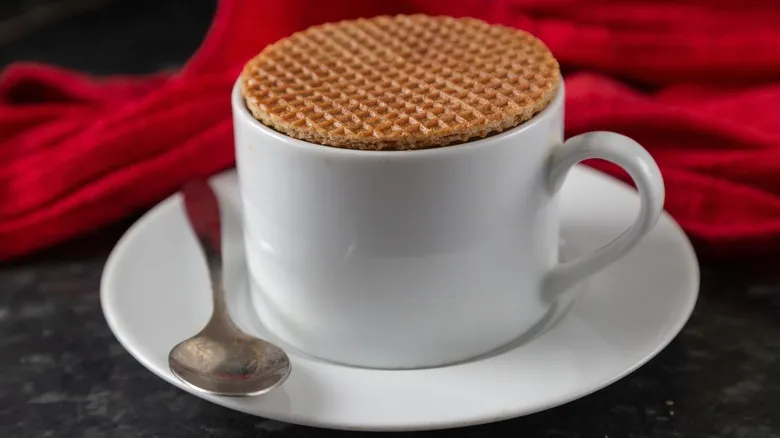
If you haven't yet experienced the delightful taste of stroopwafel, you're in for a real treat (imagine a waffle ice cream cone, but round and filled with a sweet surprise). In the Netherlands, these cookies are traditionally placed atop a cup of tea or another hot drink to soften and melt the filling. For the best experience, let the stroopwafel rest on the beverage for at least a minute, then flip it over and repeat the process.
Of course, there are many other ways to savor these Dutch delights. Embrace the waffle cone concept by wrapping them around a scoop of your favorite ice cream or gelato, creating a unique ice cream sandwich. Almost any flavor will work, but vanilla, caramel, or anything with cinnamon or pecans would complement the stroopwafel's taste beautifully. Alternatively, you can break the stroopwafel into pieces and use it as a topping for scooped ice cream, banana splits, or sundaes. They also make a great decoration for cakes, brownies, and other baked goods, or you can sprinkle them over chocolate bark (consider pairing them with complementary ingredients like a drizzle of salted caramel, candied nuts, or pretzels).
You might even want to substitute stroopwafel for graham crackers the next time you make s'mores—just remember to warm them up first for easier enjoyment. We believe this kind of creativity would surely impress Gerard Kamphuisen.
Recommended
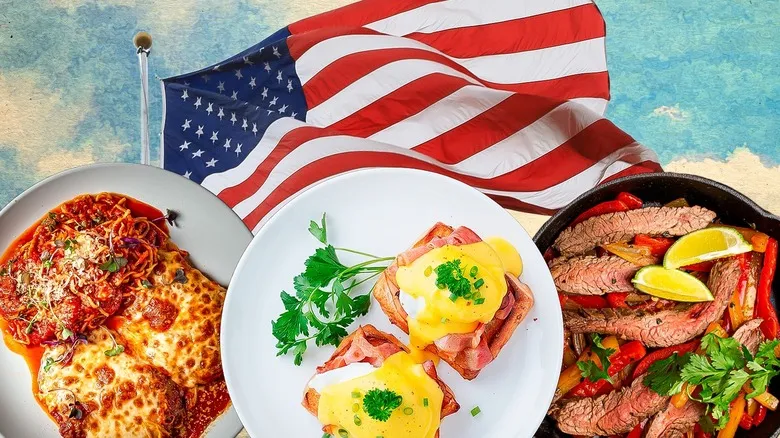
13 Iconic Dishes That Were Actually Invented In America
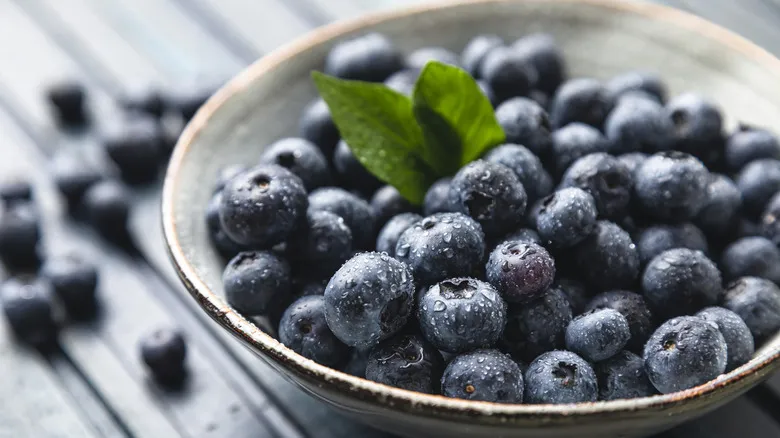
We Can Thank This US State For Growing The Most Blueberries
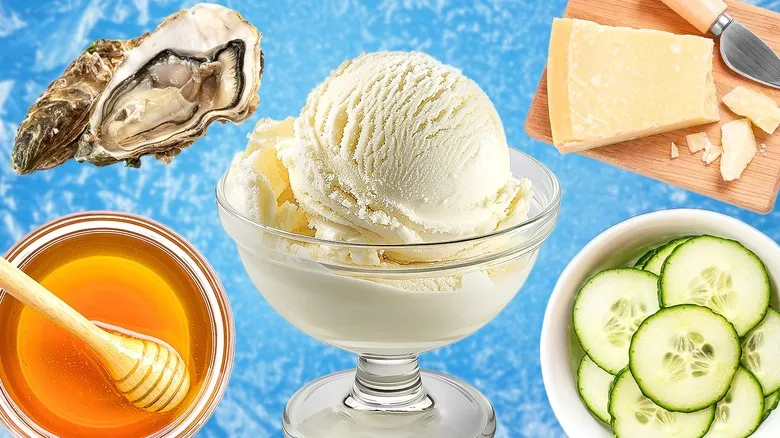
10 Once Popular Ice Cream Flavors You Never See Today

Why Apple Pie And Cheddar Cheese Is Such An Iconic Pairing
Next up

